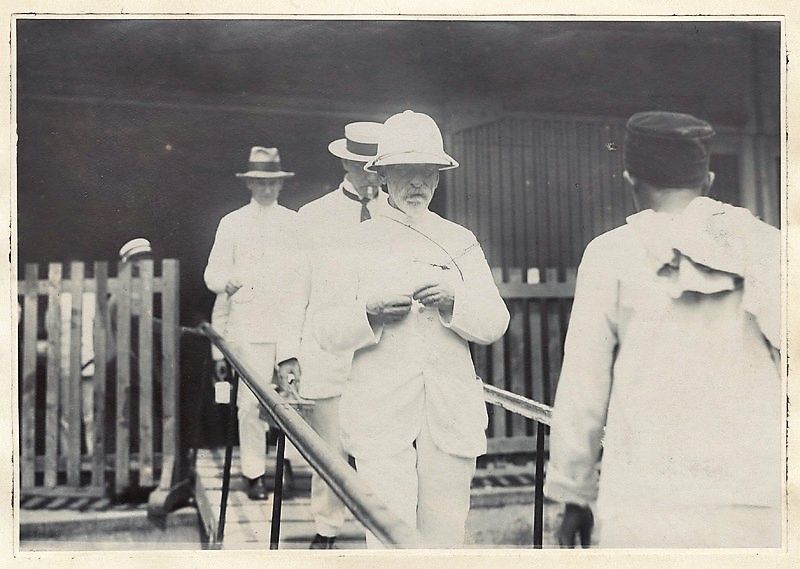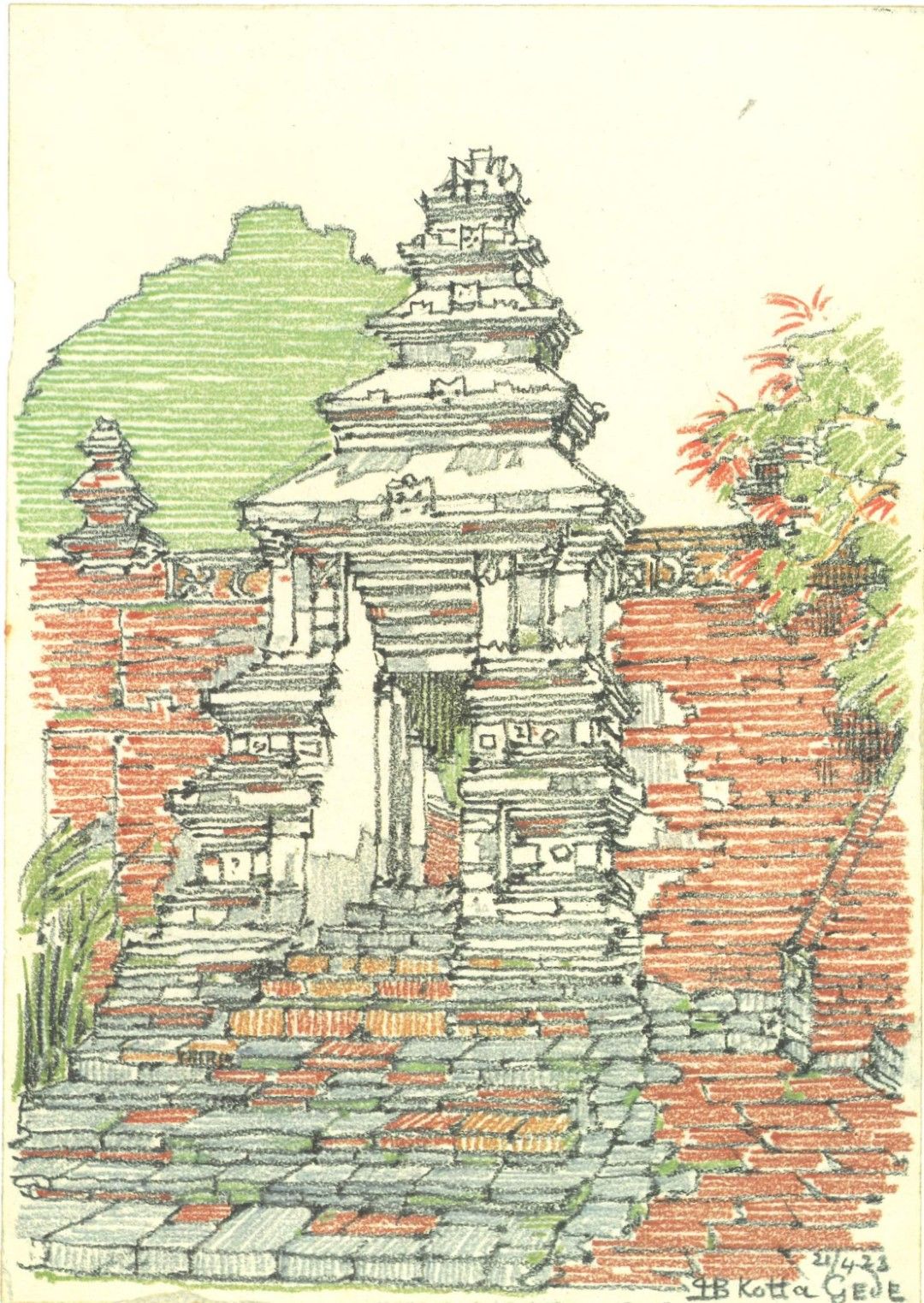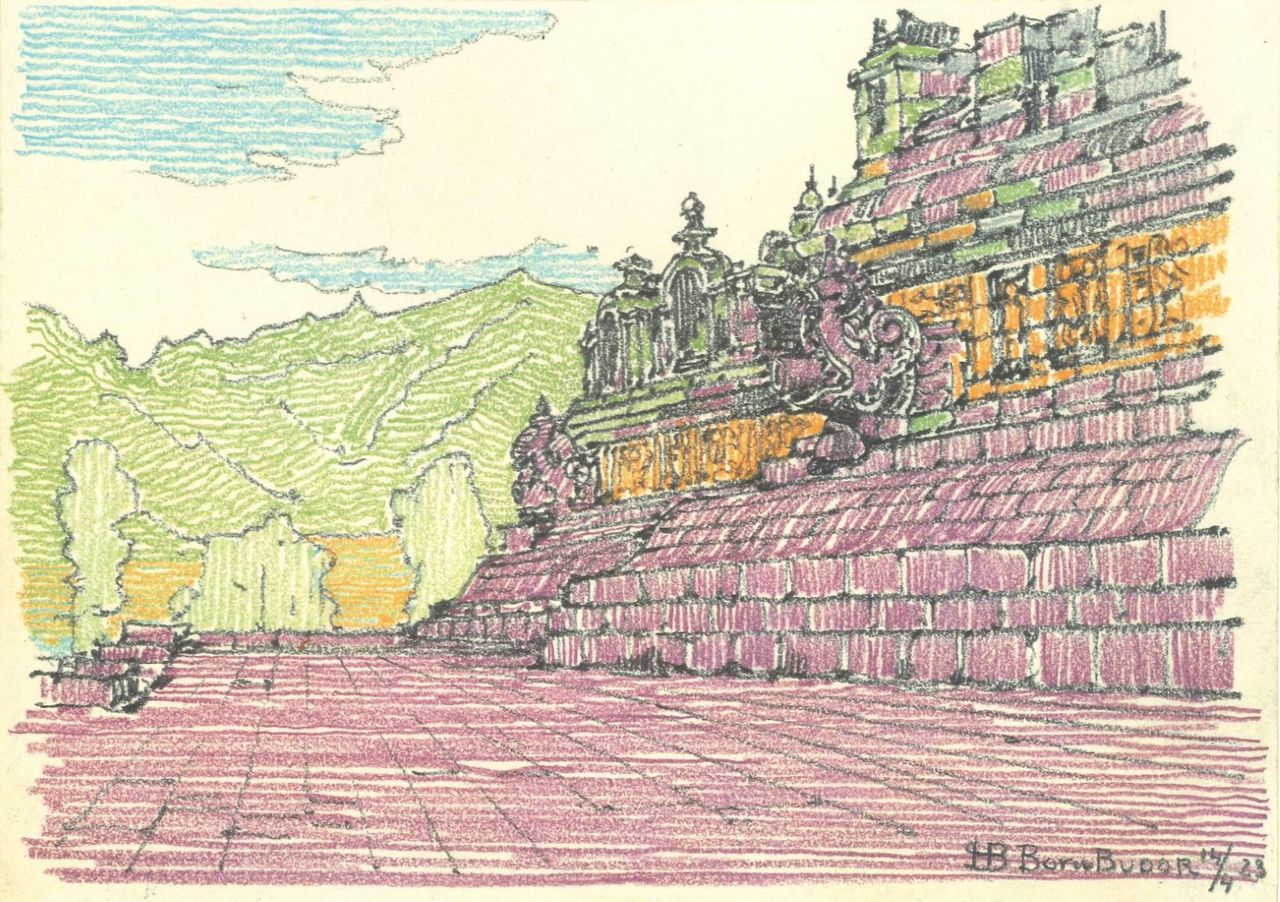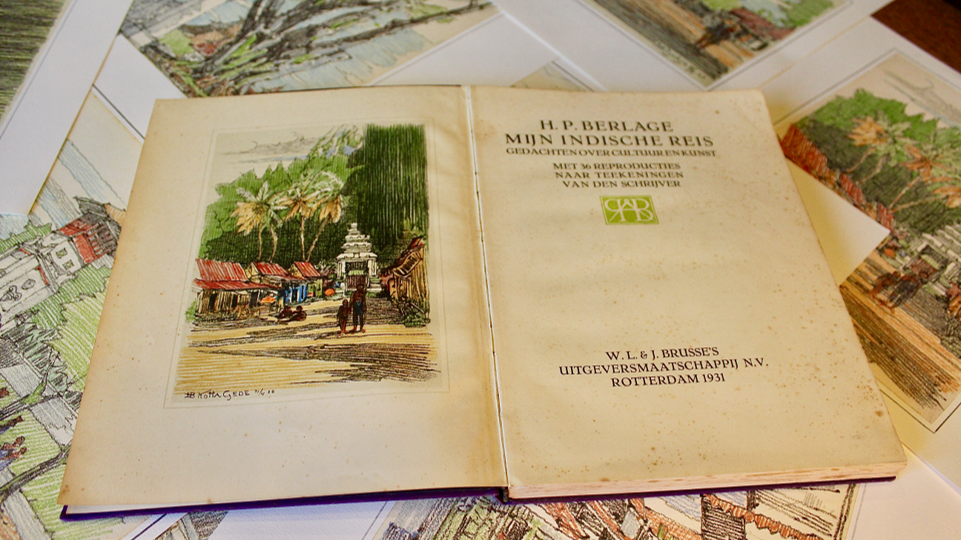
Berlage’s legacy in Surabaya





- Jl. Jembatan Merah No.19-23, Surabaya, Kota
- Not open to public
Gedung Algemeene
The now deserted Gedung Algemeene - also known as Gedung Singa - is a creation of Netherlands’s most famous architect: Hendrik Petrus Berlage. He was the father of modern Dutch architecture, introducing modern design concepts, pioneered by American Frank Lloyd Wright.
Berlage only designed two buildings in Indonesia - the other one is in the old town of Jakarta - but his design philosophy greatly influenced the architecture in the Dutch East Indies. Berlage promulgated the importance of developing a style that did not just borrow from Europe.

Berlage’s signature
How to recognise Berlage’s style? The brick arches formed by stone blocks are typical Berlage elements and the ornamental pillars. The eye-catching decorative details on the façade are by colleague architect Jan Toorop. The painting portrays two mothers with child, one European one Indonesian. The grains and hourglasses refer to the book of Genesis 41 (about the seven prosperous and seven meagre years) symbolising the importance of having insurance!
About Berlage
Berlage owed much of his fame to his work on the monumental Beurs van Berlage (Stock Exchange) in Amsterdam, which was finished in 1903 and remains one of the city’s most prominent buildings. Berlage was also the brains behind Amsterdam’s most intelligently planned early 20th-century city extension ‘Zuid’, which still is one of the most sought-after neighbourhoods in Amsterdam.
Berlage’s journey to the Indies





In 1923 Berlage made a 3-month tour of the East Indies. He wrote a book on his impressions and thoughts about architecture entitled Mijn Indische Reis. It filled with stunning sketches, lyrical poems about Indonesian nature and culture, critical remarks on colonial architecture, and deep thoughts about the East and the West; a legacy beyond architecture and urbanism that was published eight years after his journey.
